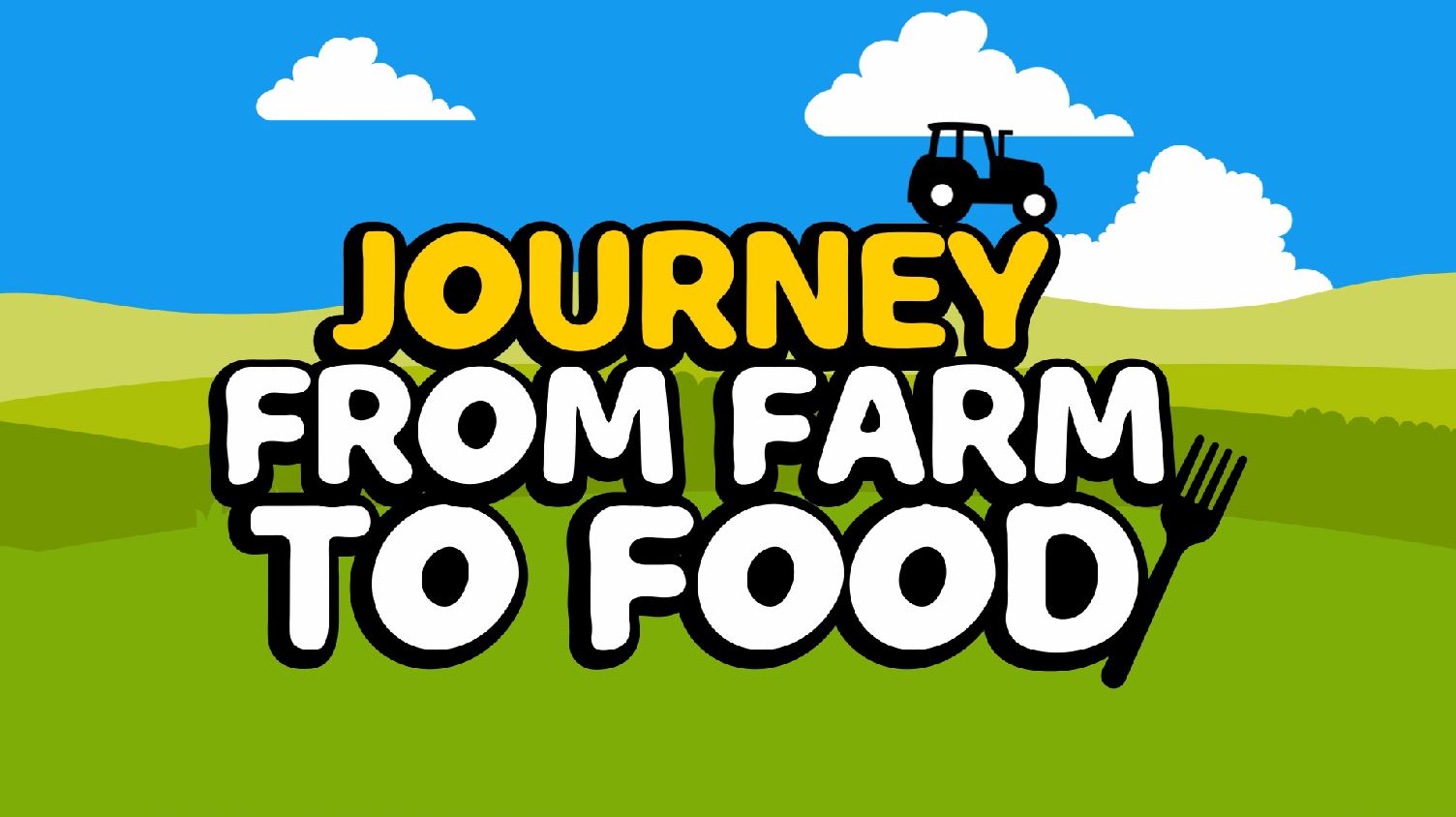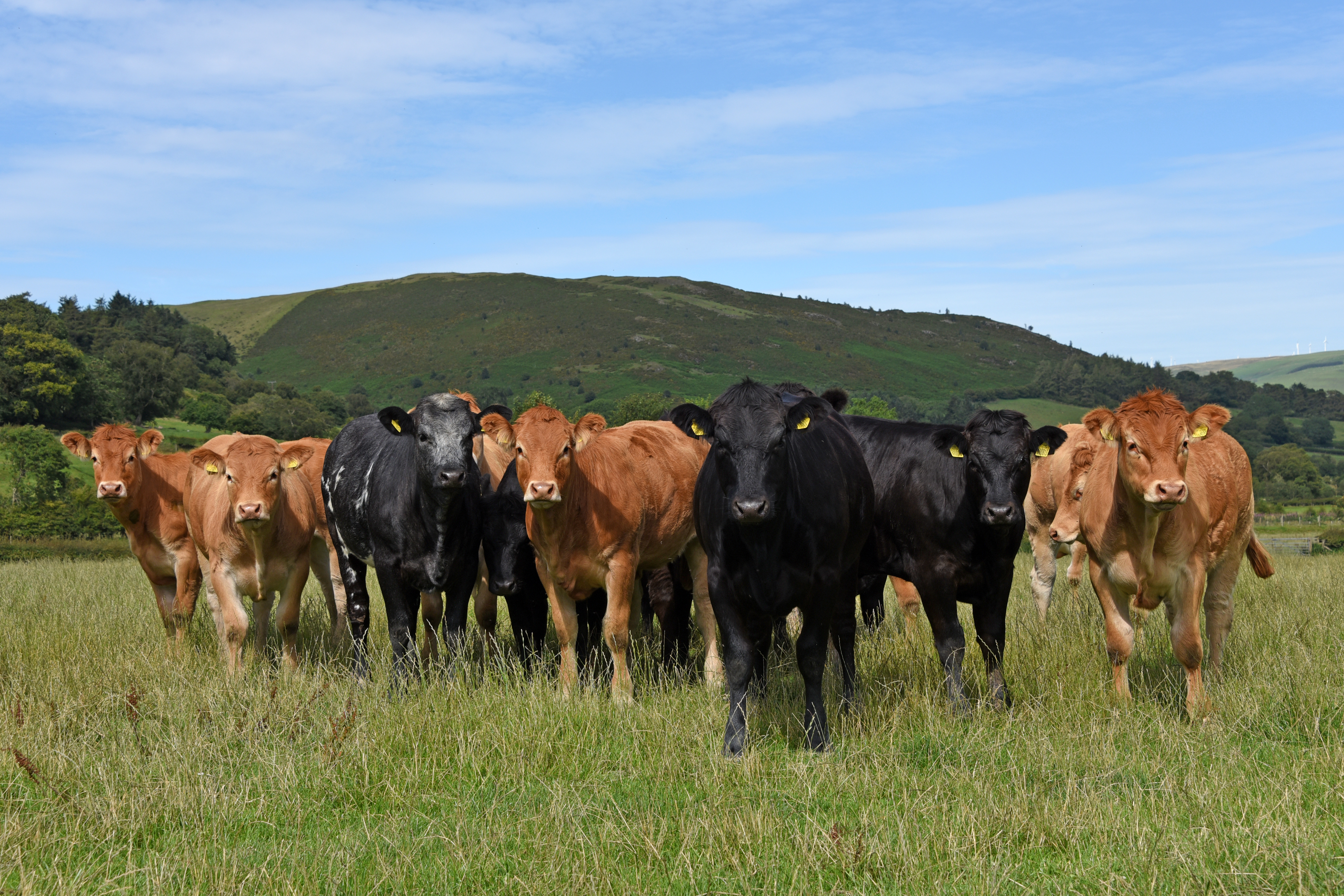Finishing Dairy Cull Cows
(March 2006 – August 2006)
Aim
To determine the performance benchmarks of the modern Holstein cull cow fed on autumn/ winter forage-based feeding systems.
Why is it important?
As a result of the closure of the over thirty month scheme on 7 November 2005 about 635,000 cull cows from dairy and suckler herds were eligible to enter the beef supply chain. Farmers needed to plan how to maximise the value of these cows either by finishing them on farm or selling them for slaughter or further finishing. At the time there was a lack of information on feed intakes and live weight gain of modern Holstein cull cows used for beef production in the UK.
While cull cows could be finished off pasture during spring and summer, it was likely that the main systems for finishing cows in the autumn and winter would have been based on grass silage, maize silage or concentrates.
How did the project work?
24 black & white dairy cows were involved in the trial, there was 3 groups each of 8 cows fed one of the following diets:
T1. Grass silage as the sole feed
T2. Grass silage plus a cereal supplement (2 – 4 kg/cow/d)
T3 *Maize silage plus protein supplement (to create a 12%CP diet)
Individual intake, liveweight gain and body condition score was measured throughout the feeding period, along with the nutritional quality of the diets. Feed conversion efficiency and feed cost per kg daily live weight gain were calculated. At the end of the feeding period the cows were slaughtered to provide carcase data.
The trial provided performance, carcase and cost of production information relevant to the winter finishing of dairy cull cows.
Who did the work?
The research was undertaken by the University of Reading at the Centre for Dairy Research (CEDAR)
The project was jointly funded by HCC, EBLEX and QMS.



